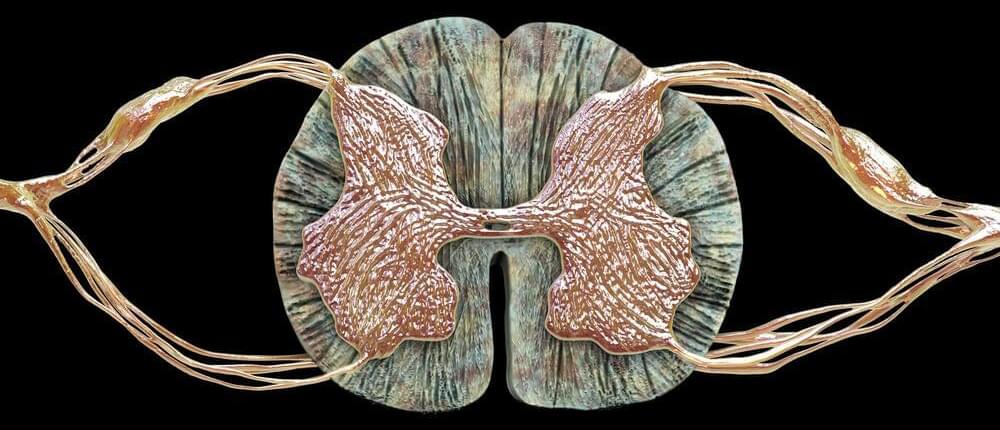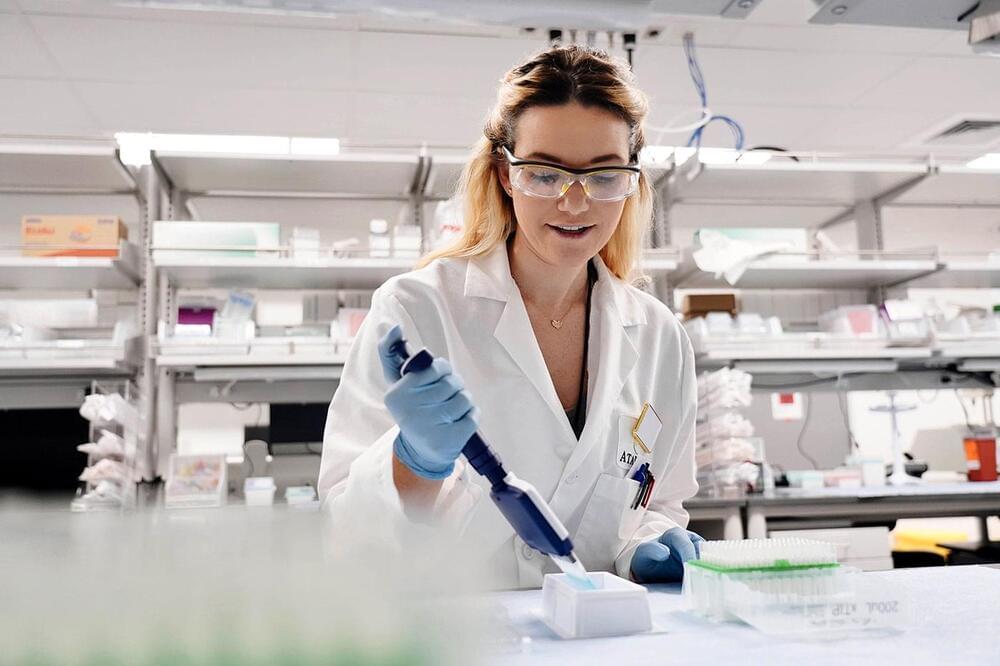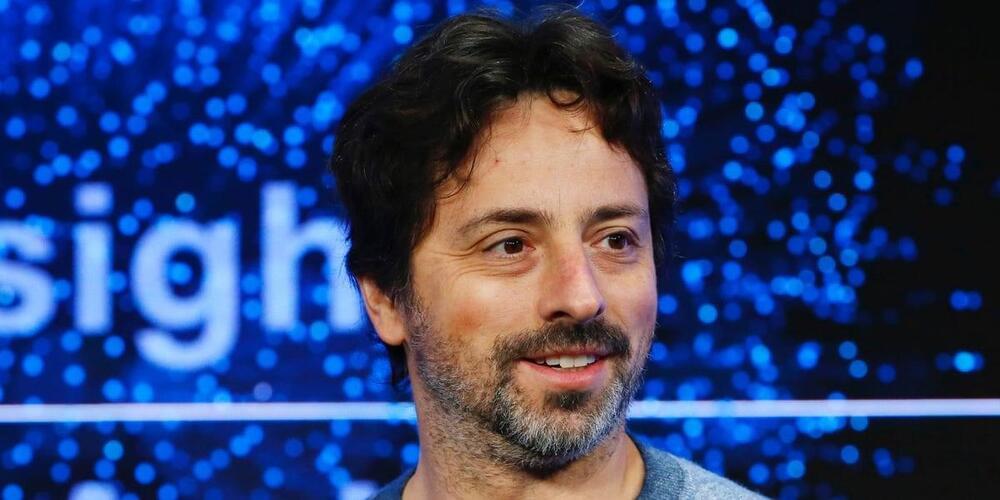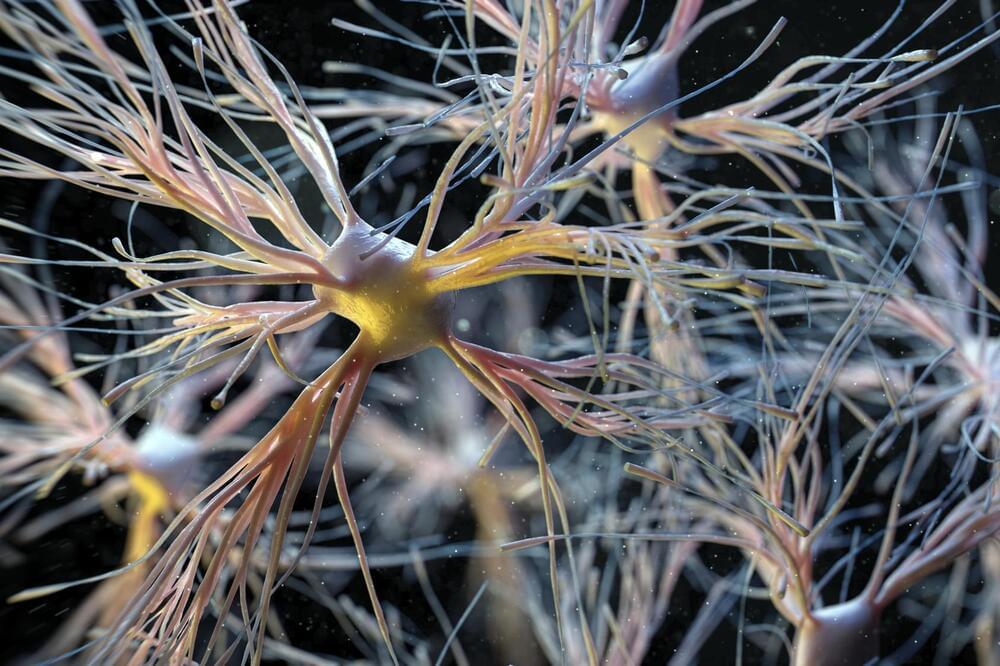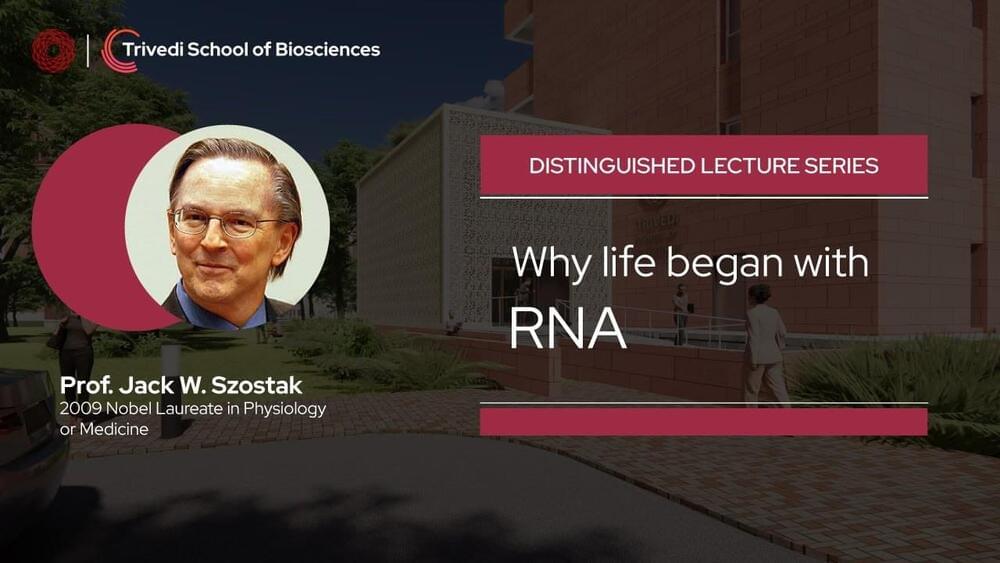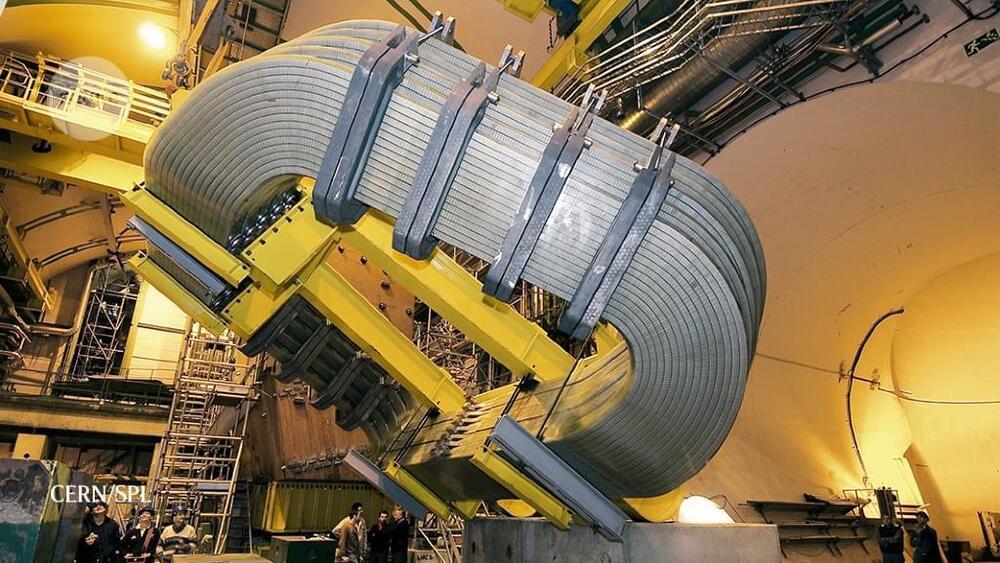Zero-day vulnerabilities in Windows Installers for the Atera remote monitoring and management software could act as a springboard to launch privilege escalation attacks.
The flaws, discovered by Mandiant on February 28, 2023, have been assigned the identifiers CVE-2023–26077 and CVE-2023–26078, with the issues remediated in versions 1.8.3.7 and 1.8.4.9 released by Atera on April 17, 2023, and June 26, 2023, respectively.
“The ability to initiate an operation from a NT AUTHORITY\SYSTEM context can present potential security risks if not properly managed,” security researcher Andrew Oliveau said. “For instance, misconfigured Custom Actions running as NT AUTHORITY\SYSTEM can be exploited by attackers to execute local privilege escalation attacks.”

